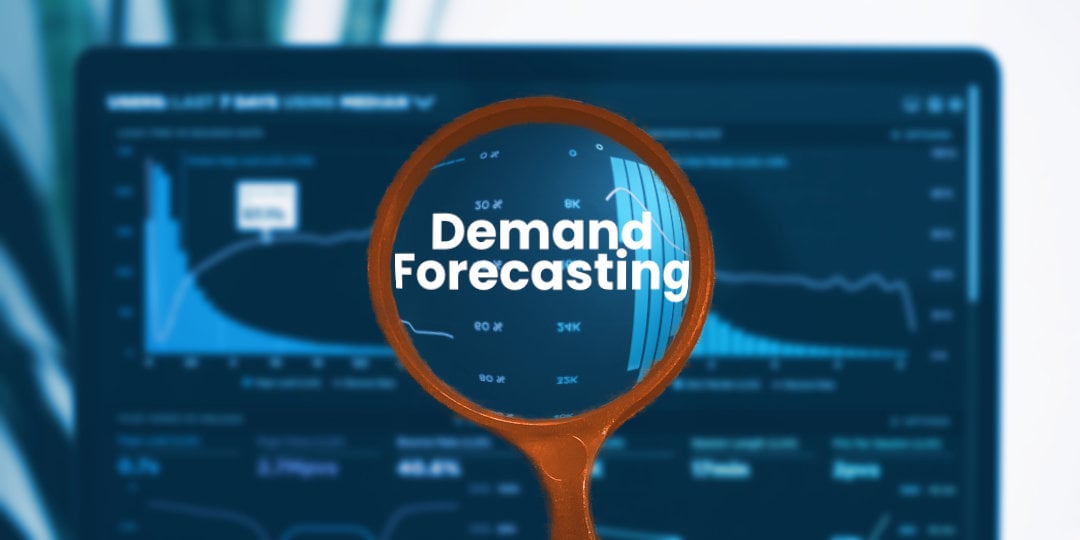Best IIoT Platforms for Manufacturing
It can be daunting to select an IIoT platform when you’re on your digital transformation journey. The good news is, your transformation won’t happen overnight, so there’s plenty of time to pick the right solution.
At Veryable, we help companies start their digital transformation by addressing labor capacity issues through the use of on-demand labor. This is the best starting point, because labor underpins everything else and the success of digital transformation depends on having the labor equation solved. But we won’t focus on our on-demand labor marketplace here.
In this article, you’ll learn what the common features of IIoT platforms are, which ones come out on top, and the benefits you could expect from implementing such a platform.
List of Best IIoT Platforms for Manufacturing
The software suites listed below all have user reviews of at least a 4-star rating across three popular review websites (Capterra, G2, and Gartner Peer Insights). These tools also appear on Gartner’s Magic Quadrant as leaders or visionaries. You will find a brief description of each solution’s offerings, a link to its website, and user reviews where available.
Hitachi Lumada
Lumada is a platform, software suite, and collection of hardware sold by Hitachi to enable companies to make a digital transformation. They offer solutions to a variety of industries, but they do have offerings specific to manufacturing companies. Omika Works, which was designated as one of 54 Lighthouse factories in the world by the World Economic Forum, used Lumada to speed up their PDCA cycles with improved production planning.
Website: Hitachi Lumada
Reviews:
- Capterra: n/a
- G2: n/a
- Gartner Peer Insights: 4.1 (37)
Microsoft Azure IoT
Azure IoT leverages Microsoft’s Azure cloud platform to deliver industrial solutions for monitoring machinery, collecting data, gaining insight, improving control, and simulating changes with a digital twin. It is compatible with industry standards such as OPC UA, and has received positive reviews from established brands such as Maersk; Stanley, Black & Decker; and Tetra Pak.
Website: Microsoft Azure IoT
Reviews:
- Capterra: n/a
- G2: 4.2 (15)
- Gartner Peer Insights: 4.1 (90)
PTC ThingWorx
ThingWorx offers a web-based application suite with each app being based on a common role in the industry. They have dashboards for managing assets, controlling PLCs and monitoring machines, viewing work instructions, and tracking KPIs.
Website: PTC ThingWorx
Reviews:
- Capterra: n/a
- G2: 3.7 (27)
- Gartner Peer Insights: 4.3 (9)
Software AG Cumulocity IoT
Cumulocity IoT provides a way to connect and manage IoT devices, analyze data, integrate with other key applications, and leverage edge computing.
Website: Software AG Cumulocity IoT
Reviews:
- Capterra: 4.0 (1)
- G2: 4.5 (1)
- Gartner Peer Insights: 4.0 (1)
Common Features of IIoT Platforms
These features are important to keep in mind as you compare IIoT platforms to determine which will meet your needs the best. The most advanced solutions have most, if not all, of these features included. Due to the significant overlap in feature sets between the software listed in this article, it is best to approach these solutions after outlining your specific needs, so that you can choose the solution that meets your requirements.
Common features of IIoT platforms include:
- Equipment monitoring
- Process control
- Analytics
- Predictive/preventive maintenance
- Digital twin simulation (offered by Microsoft Azure IoT, see below)
- Device compatibility
- Communication protocol compatibility (e.g. ethernet, Bluetooth, OPC UA)
Benefits of IIoT software
The potential benefits of IIoT software are derived from the feature sets provided by leading platforms. These benefits include:
- More accurate production planning
- More consistent and timely preventative maintenance
- Improved production quality
- Reduced variation in processes
- Real-time visualization of performance
With these systems (as with any software solution) you will get out of them what you are willing to put into
What about SCADA?
SCADA (supervisory control and data acquisition) is not obsolete, but the merging of IIoT and SCADA systems has been so gradual and encompassing that software providers have practically abandoned the SCADA label for solutions that enable control of machinery and data gathering.
Basically, we call SCADA the IIoT now. And many of the things we call IIoT would have been called SCADA if they existed twenty years ago.
A better digital transformation starting point
When you’re looking at IIoT, you’re looking at making a late-stage move in your digital transformation. If you haven’t already, you should be optimizing your labor capacity to match the actual daily demand your facilities see.
That’s where on-demand labor comes in. Improve labor costs by first determining your needs on a daily basis, then inviting on-demand workers to flex your capacity up and down as needed. Over time, you can build a labor pool of workers as your “bench” to pull from when you need someone who’s already proficient at the work in your operation.
Learn how to reap the benefits of optimized labor capacity in our blog about the on-demand labor model.
Previous Posts
Capacity Planning for Manufacturing: Taking An Agile Approach
The Future of Manufacturing and Logistics
Create a free business profile today to explore our platform.





